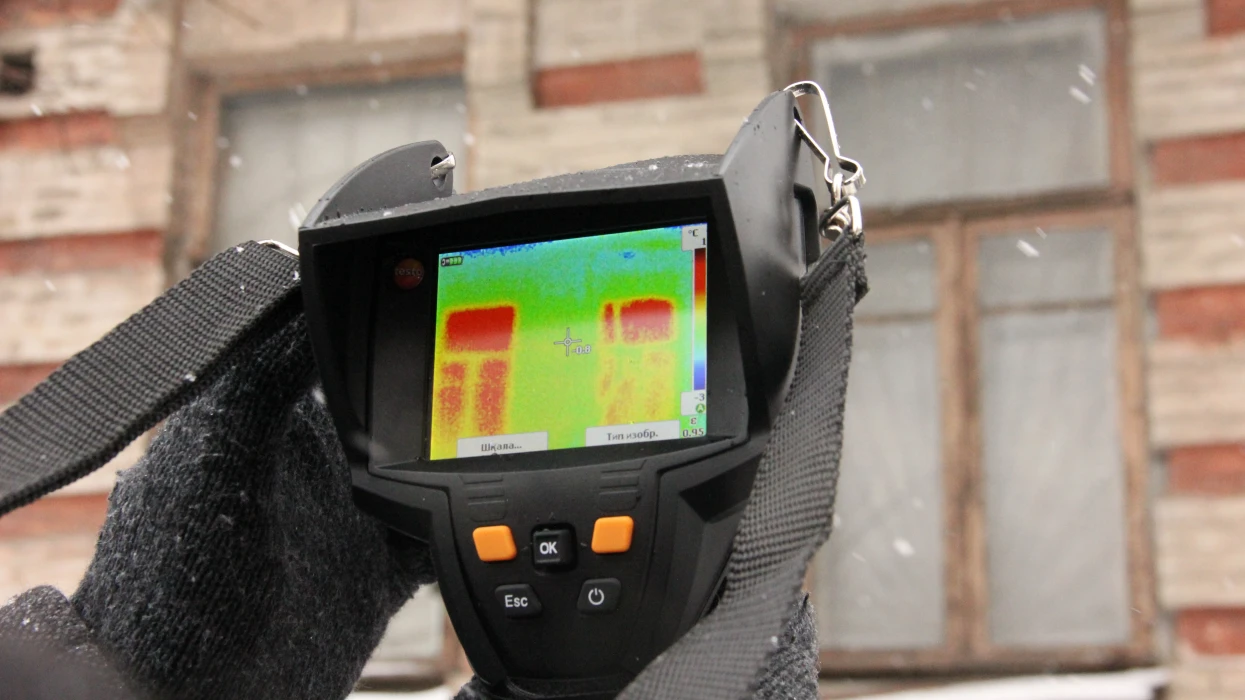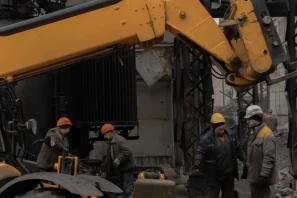It is necessary to prepare for savings in advance. In an apartment building, the greatest effect on savings can be achieved by upgrading the heating system. It is necessary to install a heat meter and an individual heating unit with weather-dependent automatic controllers. It is necessary to automatically regulate the temperature of the heat carrier in the buildings and reduce energy consumption in days or hours of warming - depending on the temperature outside.
I also recommend to install balancing valves on the risers. This will align the distribution of the heat carrier in the apartments. Therefore, it will be equally warm in all the rooms of the house: not cold and not too hot, so that it is not necessary to keep the windows open by heating the street.
“It is possible to save 10-40% of the cost of heating thanks to individual heating unit and balancing. Soviet-built houses can save up to 70% in some cases with complex thermal upgrade."
It is necessary to flush the heating system and get rid of salts and rust in pipes and radiators before each heating season. This will improve heat transfer. A service company - former housing and utility offices, or housing cooperatives or housing associations may perform such activities.
Each apartment building, prior to turning the heating on, must have a certificate confirming it is prepared for the winter. It states the condition of the building, identified deficiencies. Utilities system, roof, attic, basement, condition of the entrance should be checked. Preparation of the building for the winter should begin in the spring, after the end of the previous heating season.
If there was no time to prepare for the winter, the batteries are already warm, and you want to increase comfort and save, here are some tips:
1. Install a heat meter. This will allow to pay on the basis of actual figure of heat consumption by the building, and on the basis of standard charges. Experience suggests that heating costs in buildings with heat meters are lower. The meter can be installed by the heat supply organization as part of its investment program, either at the expense of public funds, or residents can install it at their own expense. Detached houses should be equipped with gas meters.
2. Check for any loss of heat carrier in the networks of hot water and central heating. Make sure there are no holes or leaks at the pipe joints. It is better to fix them before the freezing weather.
3. It is too late to insulate the walls when the temperature outside is less than +5 degrees. Installation work in this weather is a violation of the technology of insulation. It is not worth to insulate individual apartments. This will not lead to savings, at best, it will help to increase the temperature in the apartment by 1-1.5 degrees, but will harm the building. Condensation and mold occurs at the line of the insulation. Insulated and insulated parts of the wall will be heated and cooled unevenly - this will lead to cracks that will get moisture, and in the end can lead to the destruction of the walls and the building.
Replace windows with energy saving ones; it is impossible to warm and seal the existing ones. Check and replace the rubber seals on the windows, adjust the fittings - it should be done by a skilled workman. Also, install seals on the doors to the apartment.
Make sure that all windows are intact in the staircase, then the building will not lose heat. The doors to the entrance and the basement should be tightly closed. It is better to equip the doors to the building with a suction or a simple spring. It is also worth to insulate the attic in high-rise buildings and in detached houses.
It is possible to warm utilities system - pipes of the heating system in the basement and in the attic - at any time. The sooner you do this, the less heat will be lost on the way to the apartment. It is necessary to warm no less than the diameter of the pipe with a layer of thermal insulation, and even metal valves.
4. Do not rush to change boilers to solid fuel boilers in detached houses. Calculate the payback of this activity. 6-7 years payback - too much for a detached house. The more popular the use of firewood, the more expensive they become. It may be better to install an efficient gas boiler with high efficiency.
5. Teach and train people in your home to consume heat carefully. Since in apartment buildings all residents pay for all heat losses. In detached houses - separately.
6. Install a two rate meter that allows to pay for electricity 2 times less from 23:00 to 07:00. It can be ordered from the power supply company. With an integrated approach, each family can save up to 50% of the cost of electricity, including on electric heating.
7. Prepare for the next heating season. Start by conducting an energy audit - a comprehensive energy survey at home. The energy auditor will help determine how much energy your home can save, where heat loss occurs, which energy efficiency activities are necessary, how profitable they are, how much they cost, when they will pay back, and where to get the money for such activities. The energy auditor will determine the best way to "heal" the building/house - to insulate or to install heat and power engineering materials.
It is possible to fund energy efficiency activities either with city budget funds, or the "warm loans" program or IQ Energy, which compensate for about a third of the cost of energy-efficient equipment and materials. It is possible to invite an energy service company (ESCO) to upgrade the heating system in an apartment building. Such a company can invest their funds and perform energy efficiency activities on a turnkey basis, guaranteeing energy savings.
ESCO can also save the city budget for insulation and upgrade of schools, kindergartens, hospitals, local authorities, boilers and CHPs. The money saved on heating can be directed to more important matters for the city. ESCO also upgrade the equipment of large industrial enterprises with savings of 30 to 90% of energy resources.







